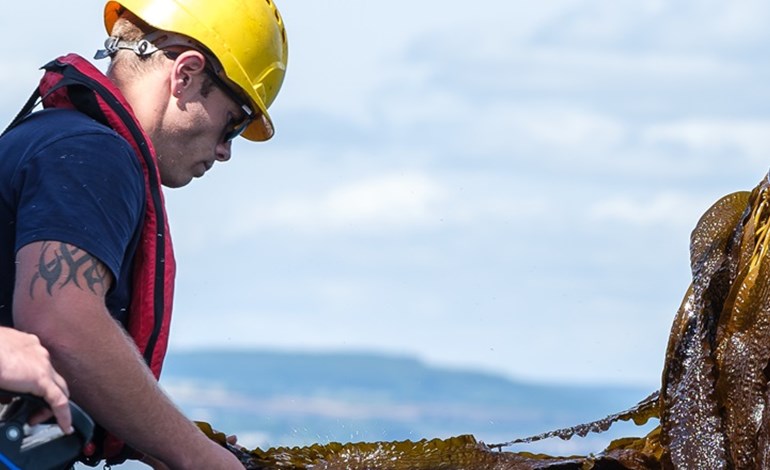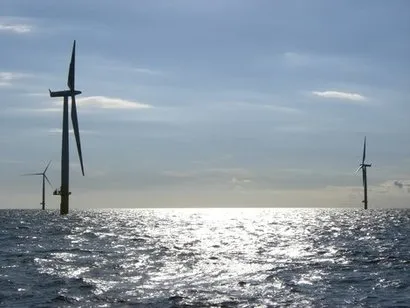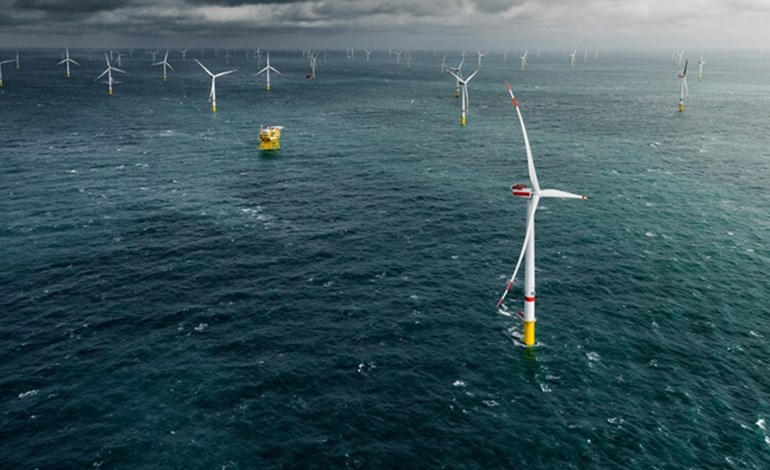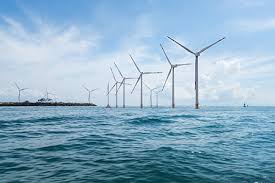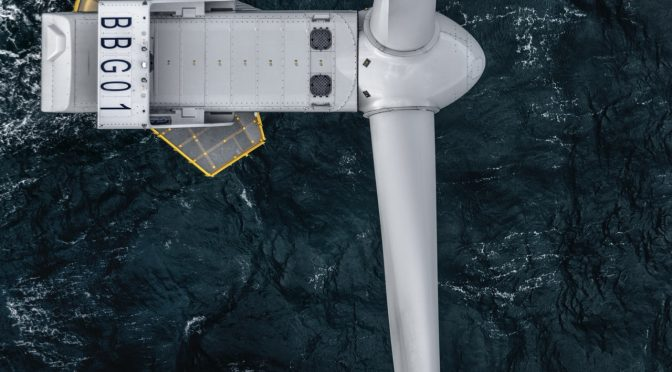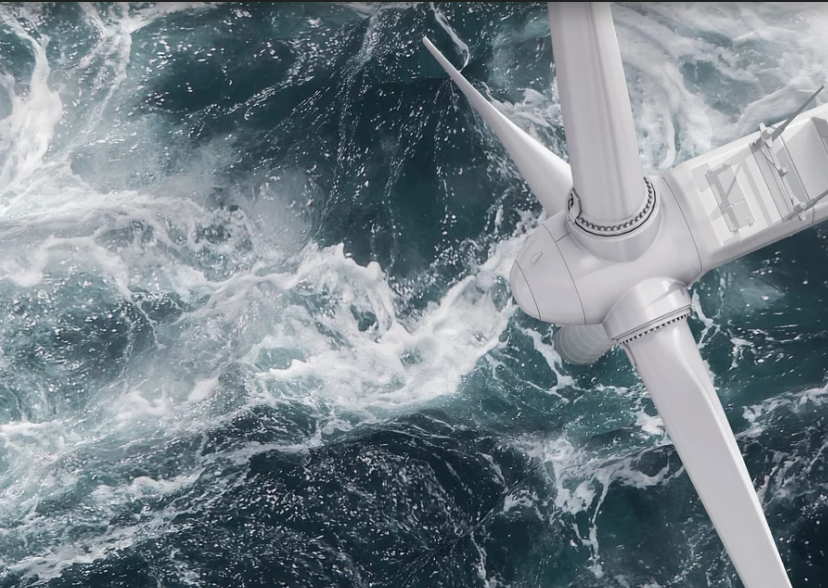The announcement by the firm formally known as the Saudi Arabian Oil Co. did not address the kingdom's plans to crank up production to record levels after a meeting earlier this month between OPEC and Russia failed to see nations agree to a production cut. That led to a 25% plunge in the price of crude, the sharpest decline seen since the 1991 Gulf War, and fears of a price war furthering dragging down the market.
International benchmark Brent crude traded over $33 a barrel Sunday, with analysts worried the price could further drop. While that makes gasoline cheaper for consumers and airlines, it also affects U.S.-based oil companies and others now struggling with lower economic growth amid the virus pandemic.
In its results, Aramco blamed lower crude oil prices and declining margins for its chemical sales for lowering profits.
It also noted the chaos caused by a September attack on the heart of its oil production that temporarily halved production in the kingdom. Saudi Arabia and the West blame Iran for the attack, something Tehran denies though the missiles launched could not reach the targets if fired by the Yemen rebels who initially claimed the assault.
Saudi Aramco reported a profit of $88.2 in 2019, down from $111.1 billion in 2018.
Capital expenditure was down in 2019 to $32.8 billion compared to $35.1 billion the year before. Aramco expects to spend between $25 billion to $30 billion this year, down some $10 billion than previous estimates.
It “was an exceptional year for Saudi Aramco," President and CEO Amin H. Nasser said in a statement. "Through a variety of circumstances – some planned and some not – the world was offered unprecedented insight into Saudi Aramco’s agility and resilience.”
The publicly released figures mark a new turn for the firm, which previously was a private company owned directly by the Al Saud ruling family that didn’t need to announce results. It now must release figures after listing a sliver of its worth on Riyadh’s Tadawul stock exchange.
Aramco initially listed on the Tadawul in December at 32 riyals ($8.53) a share, giving the company a valuation of $1.7 trillion. Initial days of trading saw shares rapidly rise, briefly giving the company the $2 trillion valuation long sought by Crown Prince Mohammed bin Salman, who hoped listing the firm would give the kingdom cash for his economic development plans.
In the time since, however, the stock has plunged. It traded Sunday around 29 riyals ($7.73) a share, giving it a valuation of $1.54 trillion.
Stark challenges, however, loom ahead. The collapse of the so-called OPEC-Plus deal this month ended a three-year agreement that propped up oil prices. Now, Saudi Arabia appears poised to flood traders with its oil to claw back market share.
The Saudis have slashed oil prices and said they’d ramp up production to 12.3 million barrels a day in April, a record. The Saudi government also directed Aramco to increase output capacity to 13 million barrels a day. While it costs Saudi Arabia under $10 a barrel to produce its oil, the kingdom's government budgets for this year had projected oil at $55 a barrel, signaling that cuts are likely.
The UAE, home to Abu Dhabi and Dubai, meanwhile said it would stand ready to increase production to 4 million barrels of crude a day, up from the 3 million it now pumps.
“The onslaught of crude to hit markets in a few weeks will be enormous, swelling inventories to unprecedented levels,” warned Emirates NBD, a Dubai-based bank majority owned by the sheikhdom's government.
The Aramco results did not address the current turmoil in the market. However, Nasser did comment on the new coronavirus and the COVID-19 illness, which already has depressed demand for jet fuel and slowed the Chinese economy.
“The recent COVID-19 outbreak and its rapid spread illustrate the importance of agility and adaptability in an ever-changing global landscape,” Nasser said.
Also expected in 2020 is Saudi Aramco closing its $69.1 billion purchase of a 70% stake of the petrochemical company SABIC from the kingdom's Public Investment Fund.
